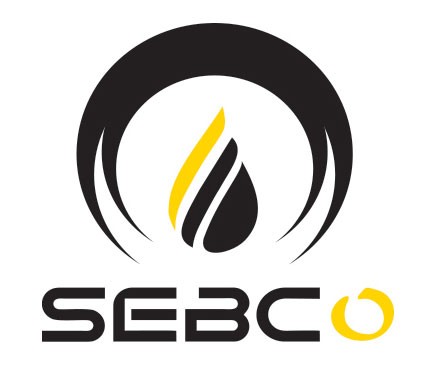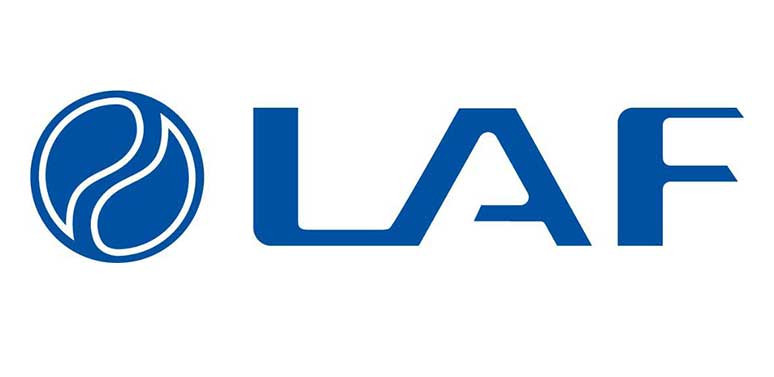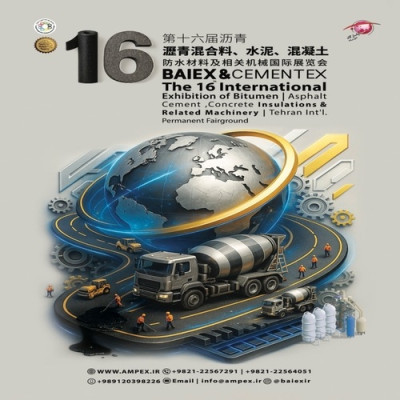The International Energy Agency (IEA) reports that Southeast Asia is set to play an increasingly significant role in the world’s energy landscape over the next ten years. As the region experiences rapid population growth and widespread industrialization, it will substantially impact both energy production and global demand. Emerging economies like Vietnam, Thailand, and Malaysia are expected to become key players in the global energy market in the coming years, though they will require increased financial support to meet their climate targets.
The IEA’s sixth Southeast Asia Energy Outlook analyzes energy developments across Brunei, Cambodia, Indonesia, Laos, Malaysia, Myanmar, the Philippines, Singapore, Thailand, and Vietnam.
The report projects that Southeast Asia will emerge as one of the highest-demand regions for energy worldwide, driven by swift economic growth, population increase, and manufacturing expansion. This rising demand is likely to challenge the region’s energy security and motivate governments to develop and diversify energy sources. From 2024 to 2035, Southeast Asia is expected to account for 25% of the world’s increase in energy demand, with electricity consumption forecasted to grow at around 4% annually.
Renewable energy sources such as wind, solar, bioenergy, and geothermal are expected to meet over a third of the region’s electricity needs by 2035. However, despite this renewable expansion, the region will likely continue depending on fossil fuels to meet its high energy demands. The IEA anticipates a 35% rise in Southeast Asia’s CO2 emissions between 2024 and 2050.
IEA Executive Director Fatih Birol noted, “Countries in the region have a broad mix of energy sources, including highly competitive renewables. Yet, the pace of clean energy deployment is not fast enough, and heavy reliance on fossil fuel imports increases future risks. While Southeast Asia has made strides in areas such as energy access, clean cooking, and clean energy production, it must now accelerate domestic clean energy deployment. Securing finance and investment for the region’s fast-growing economies will be critical to strengthening energy security and fulfilling emissions reduction commitments.”
Among the 10 ASEAN nations, eight have pledged net-zero emissions targets, reflecting a commitment to green transition. To achieve these goals, the IEA advises an increase in foreign investment, as the region currently attracts only 2% of global clean energy investment. This figure would need to grow fivefold to $190 billion by 2035 to support the region’s climate objectives. This effort should be complemented by national emissions reduction strategies, especially with a focus on reducing emissions from the coal sector. Upgrading and expanding the regional grid system will also require substantial investment.
China remains a leading force in global energy production and demand, but several often-overlooked Southeast Asian economies are also becoming influential in global energy forecasts. Many countries in the region remain heavily dependent on fossil fuels, particularly coal. The Indonesian Coal Miners Association reported in September that Southeast Asian countries, including Vietnam and the Philippines, are likely to increase annual coal imports by nearly 3% annually from 140.9 million tonnes in 2023 to 170.9 million tonnes by 2030.
While coal use and imports are set to rise, renewable energy capacity across the region is also expected to grow. Vietnam is projected to continue leading as Southeast Asia’s largest renewable energy market, with Indonesia and the Philippines following. However, the anticipated doubling of renewable capacity by 2030 falls short compared to global trends and does not fully meet the demand growth, according to the IEA report.
The growth of Indonesia’s renewable energy sector will be closely tied to expected high levels of foreign investment. In November 2023, Indonesia launched its Comprehensive Investment and Policy Plan (CIPP) as part of the Just Energy Transition Partnership (JETP), reflecting its commitment to expanding renewable energy by 2050.
The International Partners Group and the Glasgow Financial Alliance for Net Zero have committed $21.6 billion to support the CIPP, aimed at significantly reducing Indonesia’s grid emissions and increasing green energy capacity. This initiative highlights how increased foreign investment can drive Southeast Asia’s green transition, potentially achieving goals that might otherwise be unreachable in the coming decades.



















